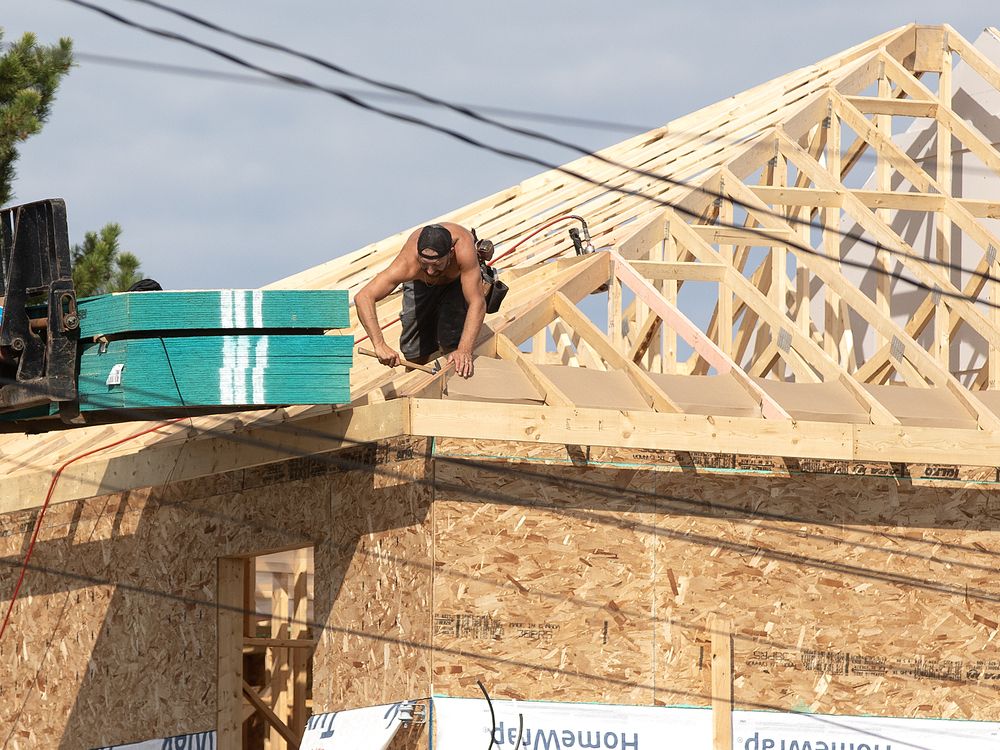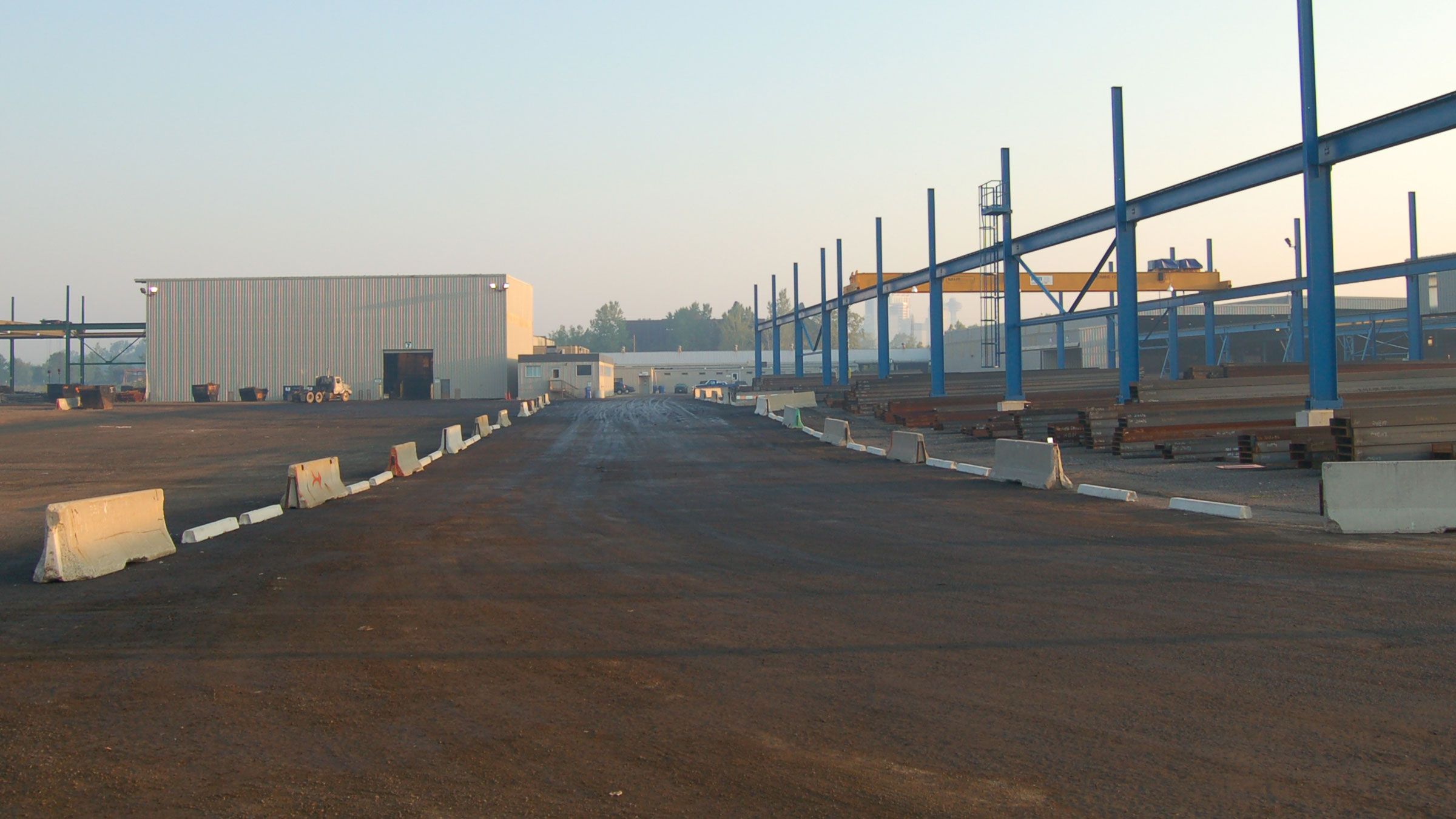From chocolate to home insurance, climate change is making life more expensive

If chocolate is your pleasure, you’ve undoubtedly noticed it costs more these days to get your fill.
You can thank the scarcity of cocoa for that. The majority of it grows in West Africa, where drought and disease have severely reduced crop yields. As a result, the cost of cocoa has tripled in the last year, hitting $10,000 US a ton for the first time ever.
It’s proof of how global warming is hitting our pocketbooks, says Pascal Thériault, an agricultural economist at McGill University in Montreal.
The food system “relies on stability, and what climate change does is it creates situations where nothing is stable,” he said.
Most people have been touched by inflation in recent years, and there’s been animated debate about the prime source. Observers and pundits have blamed the disruption of the COVID-19 pandemic, the resulting government stimulus, low interest rates, low unemployment, even the carbon tax.
The higher cost of living is the result of a confluence of factors, but global warming is an underappreciated one, says Geoff McCarney, director of research for the Smart Prosperity Institute at the University of Ottawa.
Poor harvests of cocoa — the key ingredient in chocolate — have driven up prices of the raw material, and it’s showing up on store shelves this Easter.
Extreme weather events such as droughts or wildfires, made more frequent by our continued use of fossil fuels, are not only causing localized damage but are affecting crop yields, supply chains and the durability of housing, all of which is making life more expensive.
“There’s lots of evidence for Canada, U.S., and internationally that we’re just going to increasingly feel climate change in the cost of food, fibre and agricultural output, and energy demands will change, along with the effect of temperature on labour productivity,” said McCarney.
Pain in the grocery aisles
The cost of groceries has been a flashpoint in the last couple of years — politicians even summoned Canadian grocery executives to explain themselves in front of a parliamentary committee. The execs spent several days denying they were profiteering at a time of high inflation.
While the CEOs of certain food vendors, particularly in the U.S., have acknowledged doing so, some of the rising costs have to do with weather-stressed commodities.
Take olive oil, another victim of drought conditions — specifically in the Mediterranean Sea, where hot and dry weather last summer damaged olive groves, reducing the yield and sending the price of this kitchen staple ever upward.
Drought is also partially responsible for the shortage of rice in Italy, which grows about half of Europe’s supply; similar problems have hampered growth in Asia.
In India, rice crops were damaged by especially heavy monsoon rains, leading the country to halt exports of some varieties.
“Rice is really fickle and delicate, and the grounds on which it grows need to be a particular moisture, and the different patterns in climate are so unpredictable and intense,” said Uriyoán Colón-Ramos, an associate professor at the Milken Institute School of Public Health in Washington, D.C. She noted that even in the U.S., rice farmers have been applying for insurance for crop losses.
Greater scarcity typically leads to higher prices. A paper published this month in the journal Nature found that by 2035, “heatflation” could spike food prices around the world by as much as three percentage points a year.
Supply logjams
Colón-Ramos believes most people don’t see the correlation between extreme weather and prices.
“I think farmers and agronomists are seeing the connection, but everyone else is a little disconnected,” she said.
For most shoppers, “climate change is almost like an afterthought.”
Extreme weather is also making itself felt in supply chains.
The most salient example is the Panama Canal, where drought has reduced water levels and forced authorities to limit the number of cargo ships and gas carriers that can pass through the channel, which handles about five per cent of global trade.

Shipping companies are either paying more to get to the front of the queue or taking more circuitous — and expensive — routes to their destinations.
Theriault, the McGill agricultural economist, said that in North America, most goods move by truck or train, but companies also rely on waterways like the Mississippi River to move grain and other agricultural products.
“It’s not usually a problem, but should we have weather patterns such that we could not run those barges at full capacity on the Mississippi River, we would have to find another way to move that grain, which would increase the cost of it,” he said.
Indeed, that’s what happened last year.
On the home front
Climate disasters like wildfires and flooding are also hitting people where they live, and that’s having an impact on insurance premiums.
Rob de Pruis, national director of consumer and industry relations at the Insurance Bureau of Canada, says between 2001 to 2010, the Canadian insurance industry was paying out on average $675 million a year for severe weather. In the past decade, that has increased to an average of $2 billion a year. For 2022 and 2023, it averaged over $3 billion.
A new report says heavy wildfire smoke made Canada’s 2023 air quality worse than the U.S. for the first time, and scientists warn it could happen again this year.
De Pruis says in 2023, there were more than 20 events across the country that cost $30 million or more in insured losses.
“We’re seeing not only more severity, but more of these events,” said de Pruis, noting that this is putting “pressure on home insurance premiums.”
He couldn’t provide exact numbers on where premiums are going, because insurance companies don’t generally share their figures and there isn’t a centralized database.
My Choice Financial, which aggregates the price of some insurance providers, put out a report recently that said home insurance premiums in Canada would climb by more than seven per cent in 2024.
“Soaring repair and replacement expenses and increased climate-related disasters have set the stage for this inevitable price recalibration,” the report said.

The Canadian Climate Institute estimates weather disasters already cost Canadians an average of $720 a year in repairs. In the absence of robust adaptation measures, it says “these costs will keep rising in the coming years as extreme weather events become more frequent and more destructive.”
Theriault emphasizes that global warming isn’t the only thing driving inflation. Higher oil prices, as well as increased transportation costs and labour costs, also play a role.
But of all these factors, climate change is the most intractable problem.
“You can automate to reduce your labour costs. You can get more efficient at packaging,” he said. “But ultimately, you can’t do anything about climate change.”






